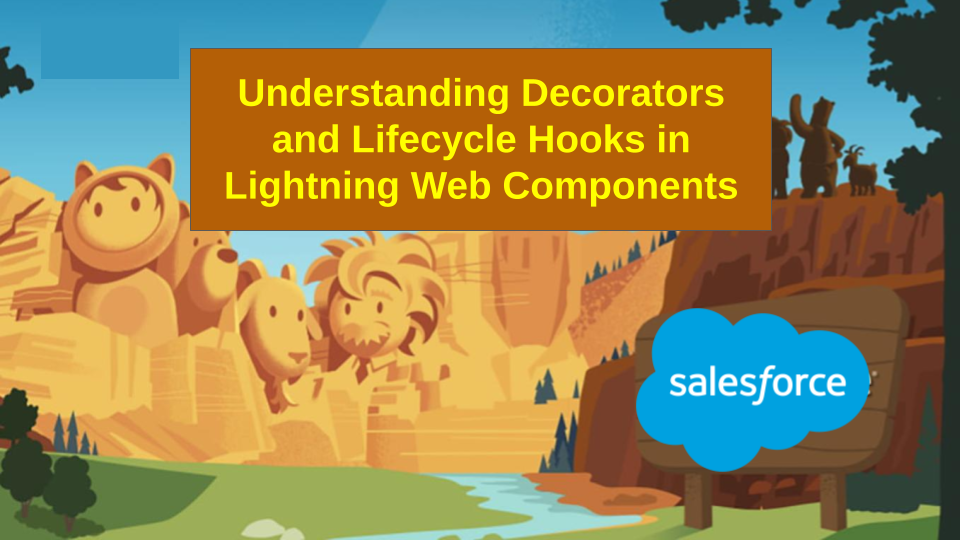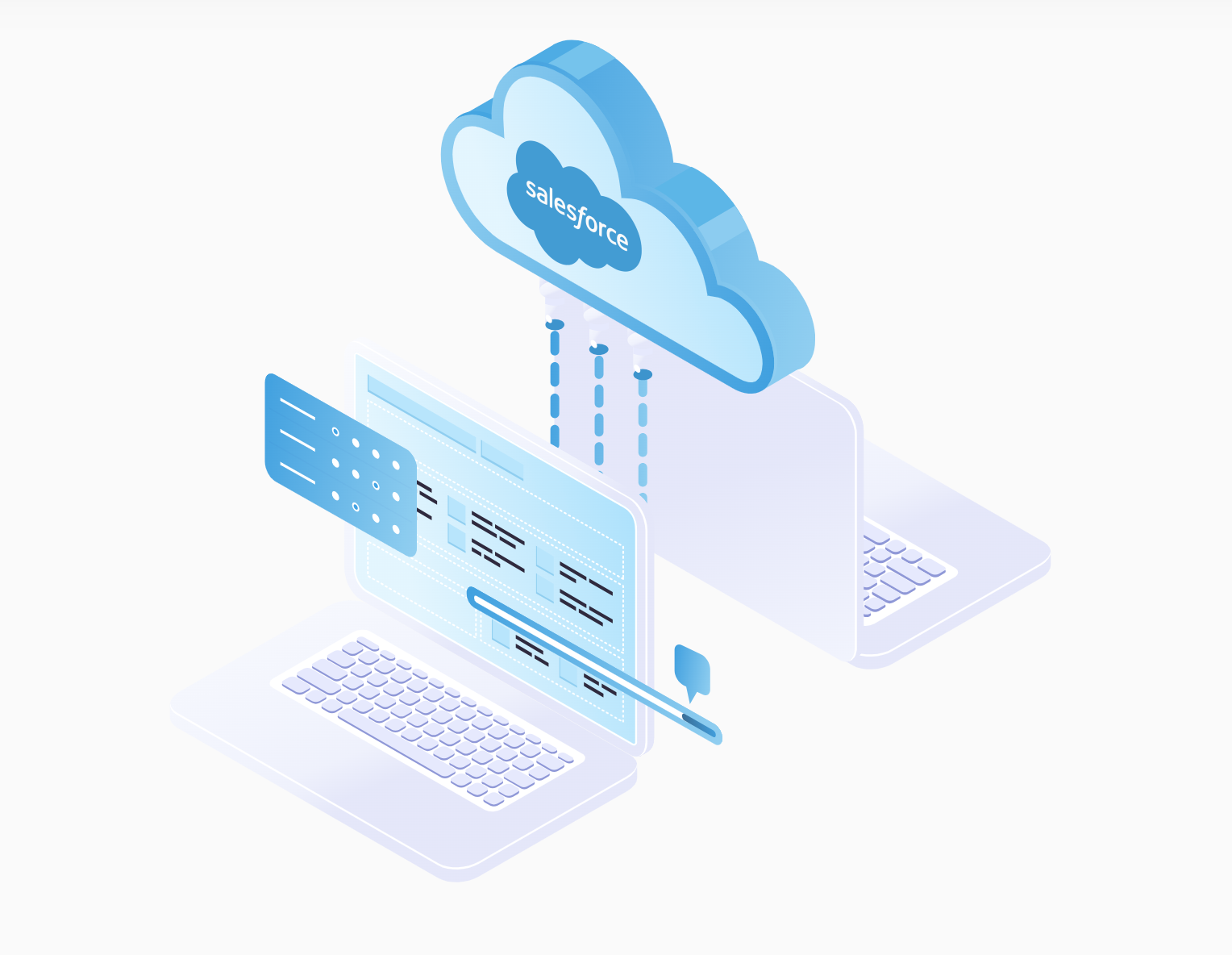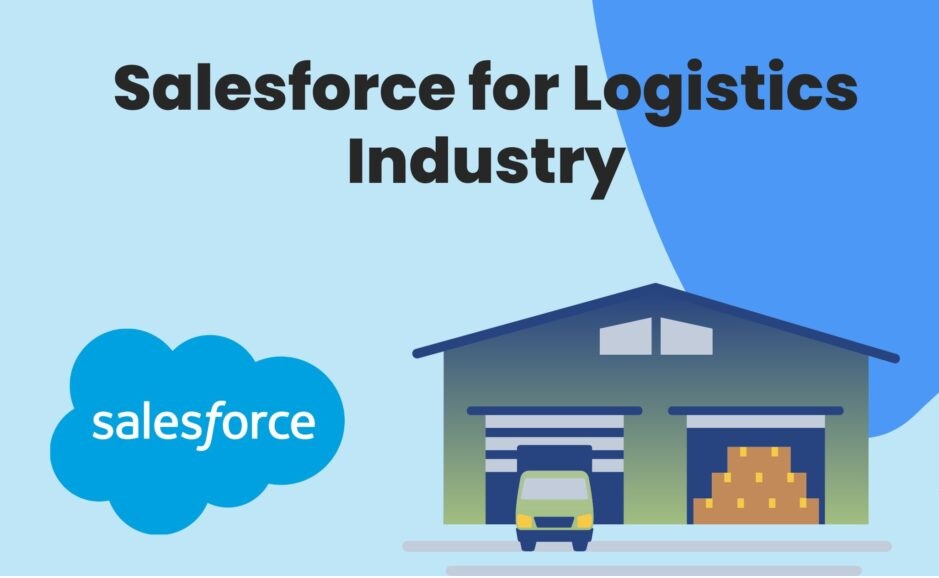Lightning Web Components (LWC) in the Salesforce Lightning Platform offer a modern approach to building web components. Two key concepts to master are decorators and lifecycle hooks.
Decorators, marked with the “@” symbol, enhance the behavior of class properties and methods. “@api” exposes properties and methods to parent components, “@track” makes properties reactive for reactivity and rerendering, and “@wire” connects components to data sources. “@track” and “@wire” often work in tandem for managing data.
Lifecycle hooks are essential for controlling a component’s behavior throughout its existence. “constructor” is used for initializing variables and default property values. “connectedCallback” is called when a component is inserted into the DOM, useful for setup and data retrieval. “renderedCallback” operates after a component’s template is rendered, making it suitable for DOM access. “disconnectedCallback” allows for resource cleanup when a component is removed from the DOM.
These decorators and lifecycle hooks help developers create efficient and responsive LWCs. Properly used, they enable seamless integration with Salesforce Lightning, delivering powerful and interactive web applications. Mastery of these fundamental LWC concepts is key to building robust and performant web components.















